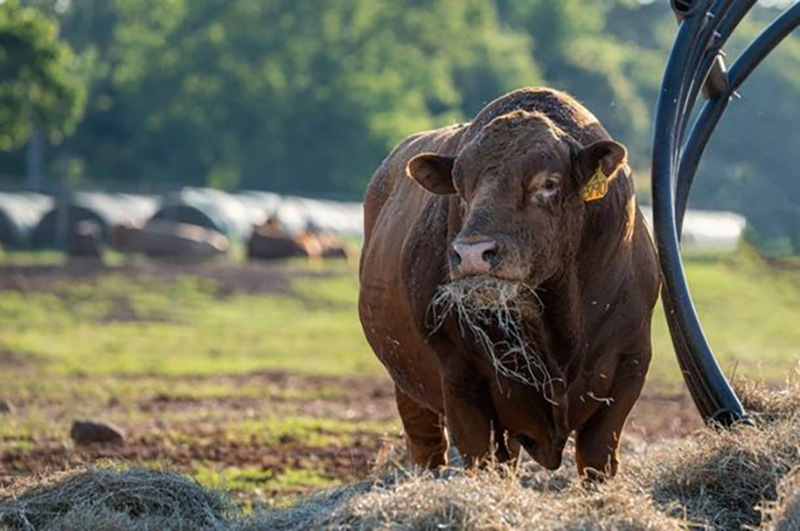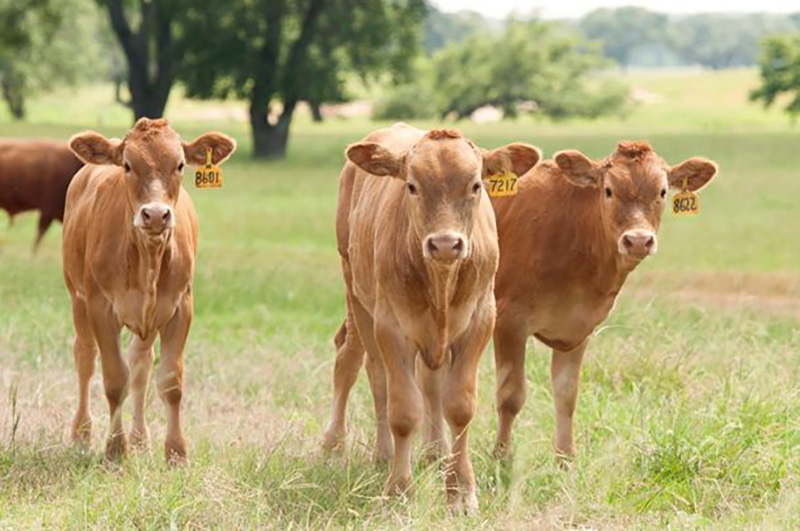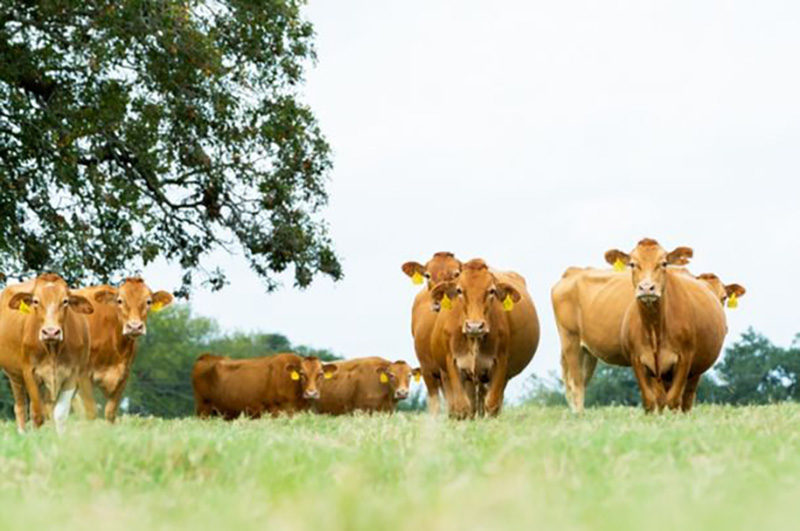Akaushi (pronounced Ah-ka-OO-shi), or Japanese Red, is one of the four Wagyu breeds. Since their introduction to the U.S., American Akaushi genetics have increased carcass performance and premium grade opportunities for cattle producers.
While Akaushi beef is prized for its marbling and intense flavor, Akaushi cattle boast extremely efficient, consistent production. They excel at important traits, like growth, fertility, vigor and longevity. The American Akaushi breed offers one-of-a-kind opportunities to improve consistency, maintain uniformity and help maximize the gap between profit and loss in your herd.

1. The Akaushi breed did not exist outside of Japan until the 1970s when Judo and Rueshaw were imported into the U.S.
Akaushi cattle were originally imported in 1976 to the U.S. This shipment consisted of two Tottori Black Wagyu (Mazda and Fuji) and two Kumamoto Red Wagyu bulls (Judo and Rueshaw).
In the 1990s, there were several importations of Black and Red Wagyu genetics into the U.S. Most of these cattle were Black but a few were Red Wagyu, otherwise known as Akaushi. These Kumamoto Red Wagyu imports set the foundation for the American Akaushi cattle breed.
2. All Akaushi are Wagyu, but not all Wagyu are Akaushi.
Akaushi is known as the “Emperor’s Breed.” All Akaushi are Wagyu, but not all Wagyu are Akaushi. Wagyu refers to all Japanese beef cattle, where “Wa” means Japanese and “gyu” means cow. Akaushi is a separate and distinct breed from the other Japanese cattle. There are no similarities, genetically or phenotypically, between Akaushi and the other Japanese breeds.
3. Adding Akaushi genetics can provide you opportunities in cattle performance and hybrid vigor.
Akaushi and Akaushi-influenced cattle perform efficiently, improve consistency, maintain uniformity and maximize the gap between profit and loss. Increased heterosis in half-blood Akaushi animals can allow for rapid improvement in carcass merit in just one generation. Akaushi cattle are moderate in frame size and average 1,100 pounds for mature females and 1,700 pounds or greater for mature bulls.
4. Akaushi cattle boast extremely efficient, consistent production.
Akaushi bulls have been crossed with English, Continental, American and even commercial cow bases. In each case, they’ve doubled the grade and improved yield.
5. Akaushi cattle are successful across all climates, including cold, heat and high altitude.
You’ll find Akaushi cattle on ranches spanning from the coast to the Midwest – from sunny California to the plains of Idaho all the way to upstate New York. Akaushi cattle perform well in all environments, with Akaushi cattle located in 40 states across the U.S., as well as countries around the world.
6. Akaushi and Akaushi-influenced cattle infuse more intramuscular fat into the muscle rather than subcutaneous fat or backfat resulting in a better, higher-quality yield grade.
We know from centuries of experience the more fat that is in the muscle, the tastier the product. The high-fat content in Akaushi cattle leaves less room for muscle fiber and collagen, making the beef notably more tender than other breeds. Not only does Akaushi beef have more marbling, but it also has a better ratio of fatty acid profiles.
Learn more about American Akaushi cattle and the American Akaushi Association.

Written by the American Akaushi Association.




